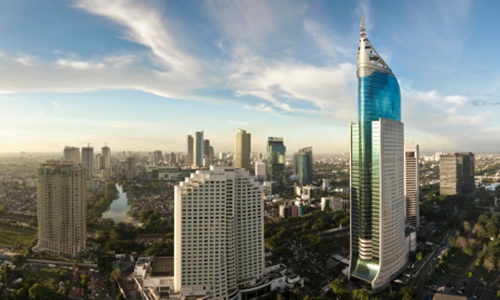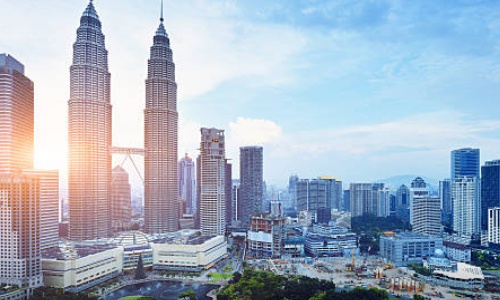
Bangkok, Thailand
Bangkok is the economic centre of Thailand, and the heart of the country’s investment and development. The city has an economic output of 3.142 trillion baht (approx. US$98.34bn), contributing 29.1 percent of the gross domestic product (GDP). This amounts to a per-capita GDP value of ?456,911 ($14,301), almost three times the national average of ?160,556 ($5,025). The Bangkok Metropolitan Region has a combined output of ?4.773tn ($149.39bn), or 44.2 percent of GDP. Bangkok’s economy ranks as the sixth among Asian cities in terms of per-capita GDP, after Singapore, Hong Kong, Tokyo, Osaka-Kobe and Seoul. Wholesale and retail trade is the largest sector in the city’s economy, contributing 24.0 percent of Bangkok’s gross provincial product. It is followed by manufacturing (14.3%); real estate, renting and business activities (12.4%); transport and communications (11.6%); and financial intermediation (11.1%). Bangkok alone accounts for 48.4 percent of Thailand’s service sector, which in turn constitutes 49.0 percent of GDP. When the Bangkok Metropolitan Region is considered, manufacturing is the most significant contributor at 28.2 percent of the gross regional product, reflecting the density of industry in the Bangkok’s neighbouring provinces. The automotive industry based around Greater Bangkok is the largest production hub in Southeast Asia. Tourism is also a significant contributor to Bangkok’s economy, generating ?427.5bn ($13.38bn) in revenue. Due to the large amount of foreign representation, Thailand has for several years been a mainstay of the Southeast Asian economy and a key centre in Asian business. The Globalization and World Cities Research Network ranks Bangkok as an “Alpha-” world city, and it is ranked 59th in Z/Yen’s Global Financial Centres Index. Bangkok is home to the headquarters of all of Thailand’s major commercial banks and financial institutions, as well as the country’s largest companies. A large number of multinational corporations base their regional headquarters in Bangkok due to the lower cost of the workforce and firm operations relative to other major Asian business centres. Seventeen Thai companies are listed on the Forbes 2000, all of which are based in the capital, including PTT, the only Fortune Global 500 company in Thailand.









